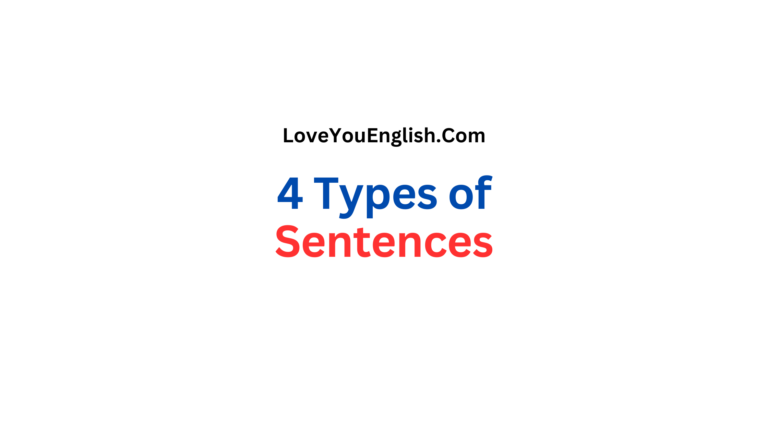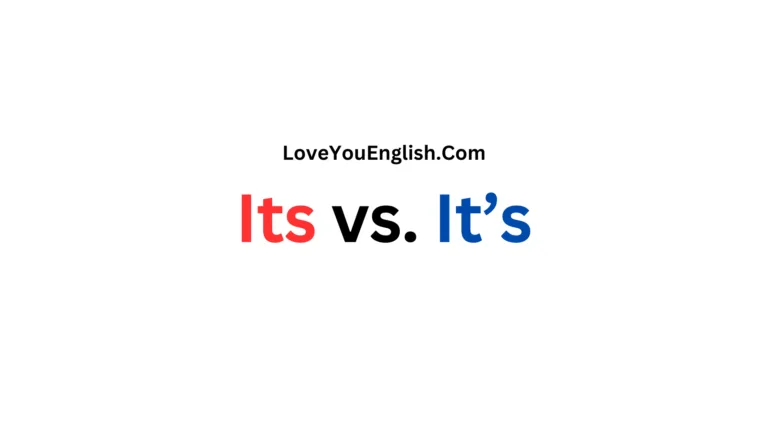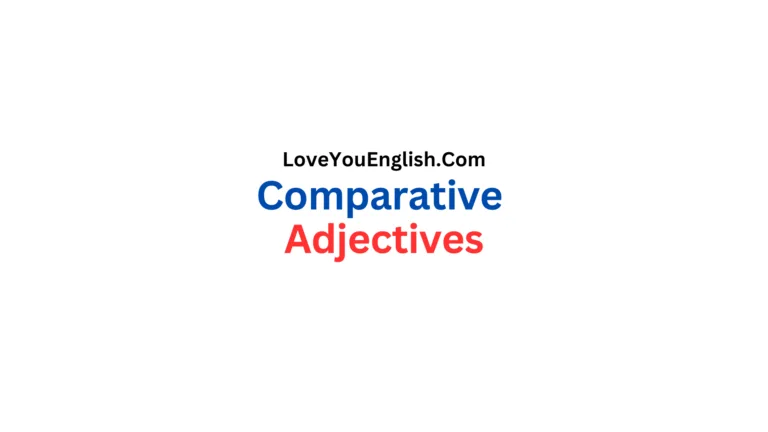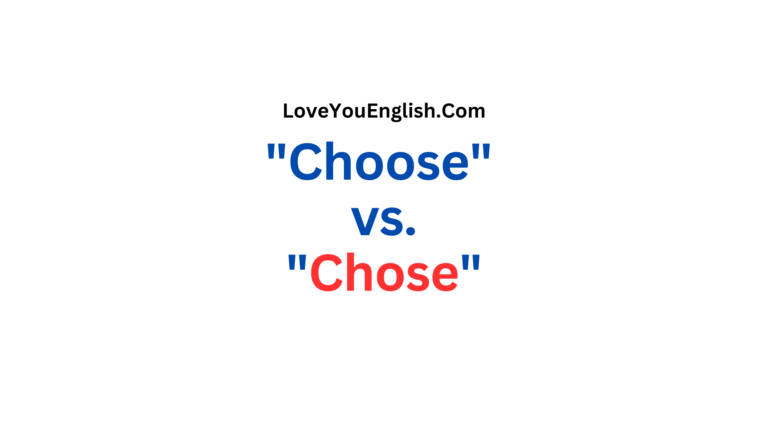Mastering the Relative Clause in English
Mastering the Relative Clause in English
English can be tricky because of its grammar rules and structures.
One important tool in English is the relative clause, which can help make sentences more complex and informative.
I will explain all about relative clauses – what they are, how they work, and how to use them correctly.
Introduction to Relative Clauses
A relative clause, also known as an adjective clause, is a dependent clause that modifies a noun or noun phrase in a sentence.
It provides additional information about the noun, helping to identify or describe it more fully.
Relative clauses typically begin with a relative pronoun (such as who, whom, whose, which, or that) or a relative adverb (like where, when, or why).
For example, in the sentence “The book that I bought yesterday is excellent,” the phrase “that I bought yesterday” is a relative clause modifying the noun “book.”
Relative clauses play a crucial role in English by allowing speakers and writers to combine information efficiently, create more sophisticated sentence structures, and provide precise descriptions.
They are essential for clear communication and are frequently used in both spoken and written English across various contexts, from casual conversations to academic writing.
Types of Relative Clauses
There are two main types of relative clauses in English: restrictive (defining) and non-restrictive (non-defining) relative clauses. Understanding the distinction between these two types is crucial for proper usage and punctuation.
a. Restrictive (Defining) Relative Clauses
Restrictive relative clauses provide essential information about the noun they modify. They are necessary for the sentence to make sense and cannot be removed without changing the meaning of the sentence. Restrictive clauses are not set off by commas.
Example: “The student who won the competition received a scholarship.”
In this sentence, the relative clause “who won the competition” is essential for identifying which specific student received the scholarship. Without this information, we wouldn’t know which student is being referred to.
b. Non-restrictive (Non-defining) Relative Clauses
Non-restrictive relative clauses provide additional, non-essential information about the noun they modify. They can be removed from the sentence without changing its fundamental meaning. Non-restrictive clauses are always set off by commas.
Example: “My brother, who lives in New York, is visiting next week.”
Here, the relative clause “who lives in New York” provides extra information about the brother but is not necessary to identify him. The sentence would still make sense without this clause.
More grammar topics:
- Who vs. Whom: A Simple Guide
- Present Tense – Definition, Structure, Types, Rules and Examples
- Present Perfect Continuous Tense: What It Is and How to Use It
- 30 Common Prepositions in English Explained Simply
- How to Use the Future Simple in English
Relative Pronouns and Their Usage
Relative pronouns are words used to introduce relative clauses. The choice of relative pronoun depends on what is being referred to and the function of the pronoun within the relative clause.
The main relative pronouns in English are:
- Who: used for people (subject)
- Whom: used for people (object)
- Whose: used to indicate possession for both people and things
- Which: used for things or animals (subject or object)
- That: used for both people and things (subject or object)
Let’s examine each of these pronouns in more detail:
Who: “The woman who called earlier left a message.” (Who is the subject of the relative clause)
Whom: “The candidate whom we interviewed yesterday was impressive.” (Whom is the object of the relative clause)
Whose: “The artist whose painting won first prize is my neighbor.” (Whose indicates possession)
Which: “The car, which was parked illegally, has been towed.” (Which refers to the car and introduces a non-restrictive clause)
That: “The book that I borrowed from the library is overdue.” (That introduces a restrictive clause referring to the book)
It’s worth noting that in informal English, “that” is often used interchangeably with “who” for people, and “whom” is frequently replaced by “who” in everyday speech.
Relative Adverbs
In addition to relative pronouns, English also uses relative adverbs to introduce relative clauses.
The main relative adverbs are:
Examples: “The house where I grew up is now for sale.” “I’ll never forget the day when I first met my best friend.” “There’s no reason why we can’t finish this project on time.”
These adverbs function similarly to relative pronouns but are used specifically for clauses relating to place, time, and reason.
Reducing Relative Clauses
In certain situations, relative clauses can be reduced to make sentences more concise.
This process involves removing the relative pronoun and, in some cases, the verb “to be.” Reduced relative clauses are particularly common in written English and formal speech.
There are two main ways to reduce relative clauses:
a. Present Participle Reduction:
Full: “The man who is sitting by the window is my uncle.”
Reduced: “The man sitting by the window is my uncle.”
b. Past Participle Reduction:
Full: “The car that was damaged in the accident was repaired quickly.”
Reduced: “The car damaged in the accident was repaired quickly.”
It’s important to note that only active voice relative clauses with a progressive verb form can be reduced to a present participle, while passive voice relative clauses can be reduced to a past participle.
Common Mistakes and How to Avoid Them
Even native English speakers sometimes struggle with relative clauses.
Here are some common mistakes and tips on how to avoid them:
a. Confusion between “who” and “whom”:
Remember that “who” is used as a subject, while “whom” is used as an object. If you can replace the word with “he” or “she,” use “who.” If you can replace it with “him” or “her,” use “whom.”
b. Misplacing the relative clause:
Ensure that the relative clause is placed immediately after the noun it modifies to avoid ambiguity.
Incorrect: “I saw a dog walking down the street that had no collar.” Correct: “I saw a dog that had no collar walking down the street.”
c. Forgetting commas with non-restrictive clauses:
Always use commas to set off non-restrictive relative clauses.
d. Using “which” instead of “that” for restrictive clauses:
While this is common in British English, in American English, it’s generally preferred to use “that” for restrictive clauses and “which” for non-restrictive clauses.
e. Overuse of relative clauses:
While relative clauses are useful, overusing them can make your writing feel cluttered. Sometimes, it’s better to split information into separate sentences for clarity.
Advanced Uses of Relative Clauses
As you become more comfortable with basic relative clauses, you can explore more advanced uses to add sophistication to your English:
a. Relative Clauses with Prepositions:
In formal English, you can place a preposition before the relative pronoun: “The topic about which we were speaking is complex.”
However, in casual speech, it’s more common to place the preposition at the end of the clause: “The topic which we were speaking about is complex.”
b. Multiple Relative Clauses:
You can use multiple relative clauses to modify the same noun: “The book that I borrowed, which was recommended by my professor, turned out to be fascinating.”
c. Relative Clauses Modifying Entire Clauses:
Sometimes, a relative clause can modify an entire independent clause rather than just a noun: “She arrived late to the meeting, which annoyed her boss.”
d. Relative Clauses with Implicit Antecedents:
In some cases, the antecedent (the noun being modified) can be implicit: “What you’re saying doesn’t make sense.” (Here, “what” implies “the thing which”)
Relative Clauses in Academic and Professional Writing
In academic and professional contexts, the ability to use relative clauses effectively can significantly enhance the clarity and sophistication of your writing.
Here are some ways relative clauses are commonly used in these settings:
a. Defining Terms:
“Photosynthesis, which is the process by which plants convert light energy into chemical energy, is crucial for life on Earth.”
b. Providing Background Information:
“The study, which was conducted over a five-year period, revealed significant trends in consumer behavior.”
c. Qualifying Statements:
“The results, which are preliminary and require further verification, suggest a correlation between diet and cognitive function.”
d. Citing Sources:
“Smith et al. (2020), whose research focused on climate change impacts, found that sea levels are rising at an accelerated rate.”
e. Elaborating on Methods:
“The experiment, in which participants were exposed to various stimuli, was designed to measure reaction times.”
By mastering the use of relative clauses in these contexts, you can create more nuanced and informative academic and professional documents.
Conclusion
Relative clauses are an important part of English grammar because they help make sentences more interesting and detailed.
Learning about the different kinds of relative clauses, getting good at using relative pronouns and adverbs, and practicing using them in different situations can really improve your English skills.
Just like with anything else, getting really good at relative clauses takes practice. If you mess up at first, don’t worry – even people who speak English as their first language can have trouble with them.
Reading, writing, and talking regularly will help you get better at using relative clauses without even thinking about it.
As you work on improving your English skills, make sure to pay attention to how relative clauses are used in the books you read, the articles you study, and the conversations you have.
See how they make communication more detailed and precise. With practice, you’ll become more confident and skilled at using relative clauses, which will make your spoken and written English better.
Whether you’re a student trying to improve your academic writing, a professional wanting to improve your business communication, or just someone who loves English grammar, understanding relative clauses will be really helpful.
So, keep practicing, stay curious, and see how well you can use this important grammatical tool to improve your English.







